Guilty, Who? The truth lies in black box
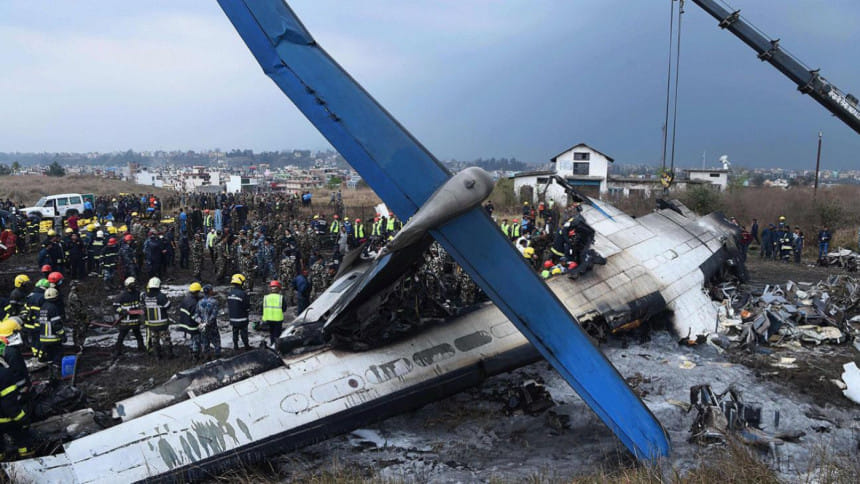
Confusion, buck-passing, and guessing are all what went on yesterday, a day after a US-Bangla aircraft crash-landed in Nepal to claim 51, 28 of them Bangladeshis.
And, with those, it is not possible to conclude who is at fault-- the airline or Kathmandu air traffic control authority? As both pilot Abid Sultan and his young co-pilot Prithula Rashid are dead, it is the black box of the fateful plane that is possibly holding the answer, according to a number of aviation experts and pilots that The Daily Star talked with.
The conversation within the cockpit for last 3-4 minutes can only reveal what actually went wrong with the plane, pilot or communication with the tower. The aircraft's two recorders -- the cockpit voice recorder and the flight data recorder -- have both been recovered, but a report on initial investigation (decoding and analysis) by the Nepalese authorities is unlikely before a month.
However, quite a few quizzical things happened in the course of landing to the disaster, the worst suffered by the Himalayan country since a 1992 Pakistan International Airlines crash that claimed 167 lives.
The reported conversations between pilot and airport tower exposed terrifying moments of confusion over where to land the aircraft. And, the aircraft appeared to have been on an unstable approach and not aligned with the runway while very close to the ground.
On final approach to runway 02, the aircraft crashed short of the runway, broke apart and caught fire.
According to transmissions by the Kathmandu tower controller, despite being cleared to land on runway 02, the flight began deviating from its course.
A series of conversations emerged between the captain and the tower controller (both radio voices switched from female to male) about which runway the flight BS211 was aiming for.
Amid much confusion -- mostly on the part of the flight crew -- the ultimate landing clearance on runway 02 was received. The crash occurred less than a minute after that.
A transcript of the conversation shows the control tower had told the captain: "I say it again, do not proceed towards runway 20. Cleared to hold at your current position."
The captain agreed and said he would orbit in the air.
A little later, the tower cleared the craft for landing. "BanglaStar211, runway … eh … cleared to land. Runway is vacated, either runway 02 or 20?"
The captain said he would land on 20.
The tower then supplied the captain with data on wind direction and speed. And just a little later, the alarmed tower asked: "BanglaStar211, confirm you have the runway in sight?"
To this question the answer of the captain was quite chilling -- "Negative, Sir" -- because he was on his approach to land and yet he could not see the runway. And the captain was trying to do a visual landing.
This was a critical moment as a Turkish Airlines pilot said keeping the Kathmandu runway in sight all the time is a must.
The alarmed tower right away instructed: "Turn right and ah … you have the runway. Confirm you have the runway not in sight yet?"
The captain veered his plane and replied back: "Affirmative. We have runway in sight. Requesting clear to land, sir."
The tower gave him the clearance.
By this time, the worst thing might have happened, aviation experts guess. It was apparent that the pilot was not aligned with the runway at a low approach for which the runway was not in sight in the first place. And the plane might have been quite low in the sky. For visual landing, the pilot needs to see the runway at least from 500 feet.
So the pilot might have yanked the plane to the right, it might have overbanked and lost much of the control.
The next conversations between the tower and the pilot might be an indication.
The pilot says: "Cleared to land runway 02."
The tower replies: "Roger. Runway 02 cleared to land."
But then strangely the pilot again asks: Sir, are we cleared to land?"
The tower yells: "BanglaStar211, I say again turn …. (yelling in background)"
At this point the pilot may have turned further and the aircraft stalled. Kathmandu airport at an elevation of 4,500 feet has thin air and that makes a lot of difference in manoeuvring a plane.
Questions also hung heavily on activities of air traffic control authorities. It apparently chose to deal dangerously with incoming flights. They were found to be clumsy in communications and focus divided.
They cleared the US-Bangla aircraft to land on runway 02 only three minutes after allowing a Jet Airways flight, a Boeing 737-800, from Mumbai to land on the same runway. And midway through its conversation with pilot Abid, the tower cleared another aircraft (Buddha282) to land on runway 02.
Sanjiv Gautam, director general of the Nepal's Civil Aviation Authority, however, saw no wrong signals given to US-Bangla pilot.
"The weather was clear. The pilot had minimum five-kilometre visibility. The pilots confirmed that the runway was visible… (yet) the pilots were not following our instructions," he told CNN. "The aircraft displayed uncontrolled movement during landing. The alignment wasn't right; it was tilted on one side."
A Qatar Airways captain did not give the Kathmandu tower a clean chit to say the least. The tower influenced the pilot to follow a non-standard approach by asking to hold, which is not acceptable in Kathmandu due to terrain, the captain said.
"Improper input from ATC [tower] confused the pilot," the captain observed. The pilot should not have accepted the hold and should have completed the procedure as published in the Kathmandu approach chart.
The Qatar pilot wondered why planes were asked to land from different directions. "At one time, there can be only one runway direction for landing."
Captain Abid was for sure quite experienced in flying both passenger and fighter planes. Why is then a pilot of his stature would act strange? This big question goes unanswered.
There are a lot more questions in the minds of the aviation experts. They wonder why the captain was talking to the tower instead of the co-pilot. In the norms of aviation, the pilot flying only concentrates on manoeuvring the aircraft and pilot monitoring (the other pilot) talks to the tower.
But in this case the captain himself was talking. Kathmandu being a captain's landing airport, according to many airlines policy, including Biman, the question comes if the co-pilot was actually attempting the landing for which the captain was talking to the tower in the end.
Aviation sources said the young co-pilot was in fact on her maiden assignment to Nepal and a junior with reasonable experience should have been tasked with this kind of critical airport. The airline, when approached, denied the inexperience claim.
The Turkish Airlines pilot, who has worked for Bangladeshi carriers, said the new and inexperienced co-pilot could have led the captain to manoeuvre the plane and talk to the tower simultaneously and the whole thing was a "massive pilot error".
However, it is also not clear why the pilot attempted visual landing in a risky airport like Kathmandu. Bangladesh Biman strictly discourages visual landing in Kathmandu because it is a critical airport, also the second riskiest in Asia. Biman allows only instrumental landings.
Biman's operations manual of Boeing 737-800 says "due to physical geography of Kathmandu, the Normal operation, even on a fair day, is a high work load/stress situation from the pilot point of view."
The routes for arrival and departure are specified as "difficult terrain" and Kathmandu airport as ''Special airport''.
In bad weather it gets worse and a one engine fail operation that creates one of the most demanding situations for the pilot to handle, the procedure says.
The approach to the runway 02 is made through a gap in the southern range of mountains. On the approach path profile, there is a mountain peak at 7,688 feet. The minimum segment altitude over this mountain is 8900ft leaving a clearance of around 1212 feet only.
There are also some questions over Dash8 Q400, the kind that had crashed in Kathmandu Monday afternoon for 146th time across the globe. The Scandinavian Air System (SAS) stopped using this aircraft in 2007 after a series of landing accidents.
A captain of US-Bangla narrated his experience with Dash8 Q400 and said it is a very difficult machine to control. He was once panicked while landing in Barisal because overweight and crosswind almost threw it off the runway.
Was there any fault that developed in the very late stage of the landing?
US-Bangla was the fourth owner of the nearly 17-year-old aircraft, after Royal Jordanian AL, Augsburg Airways/Lufthansa Regional and Scandinavian AL. Since delivery in 2014, it recorded only one accident, a runway excursion after landing in Saidpur.
There could be one or multiple reasons -- stress, overwork, loosing situational awareness, environment pressure, tower pressure, and minimum help from an inexperienced first officer -- for which the pilot made a poor judgment on the runway position.
Unfortunately, Abid did not survive to tell his story. So, we're left with the black box for the truth.
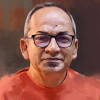
 For all latest news, follow The Daily Star's Google News channel.
For all latest news, follow The Daily Star's Google News channel. 

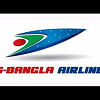
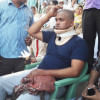
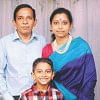
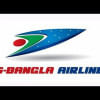


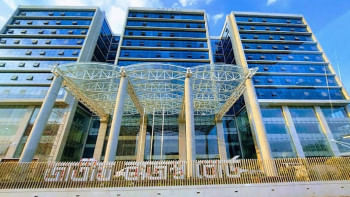
Comments